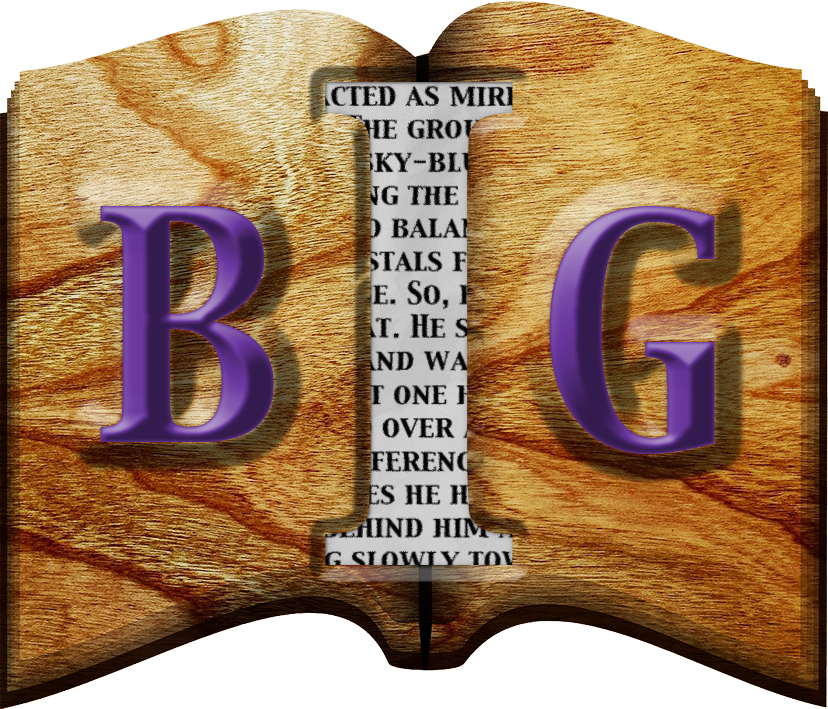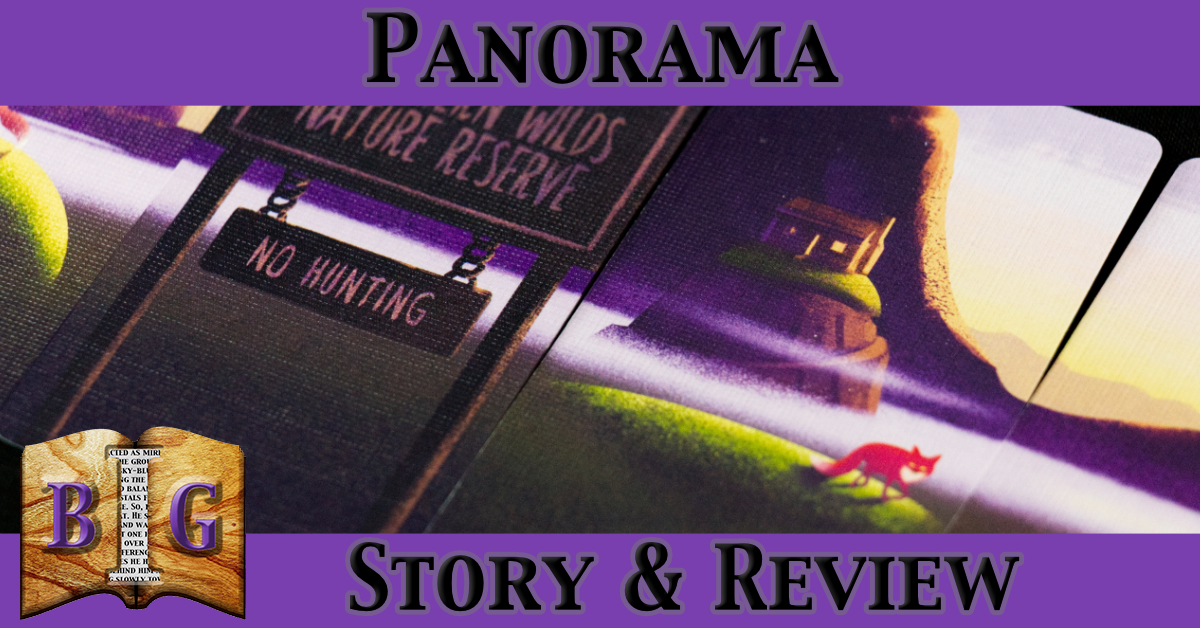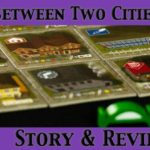Note: I was provided a complimentary copy of Panorama for the purpose of review. The thoughts and opinions in this review are my own.
At a Glance: Panorama
Year Published: 2021
Designer: Alex Wynnter
Publisher: Sparkworks
Artist: Dann May
Player Count: 1-6
Editor: Petra Schlunk
Suggested Age: 8+
Playing Time: 20 minutes
Theme: Nature, animals
Mechanisms: Drafting, solo, tableau building
Find more about Panorama by visiting Sparkworks online!
“The woods are lovely, dark and deep,
But I have promises to keep,
And miles to go before I sleep,
And miles to go before I sleep.”
― Robert Frost, Stopping by Woods on a Snowy Evening
Panorama Intro Story: The Crowning Shot
Trying to take a nighttime panorama without a tripod is a nightmare. Still, I enjoyed the solitude of the wilderness. The mountains in the background, the scented pines, the…bears?
Oh, crud…
Being a wilderness photographer, you’d think I’d be more prepared for some of the more “angsty” wildlife. Nope. Instead, this is my fifth time being caught unprepared in a dangerous situation. The last time was when a fox wanted my sandwich and I refused—that didn’t end well. Now, it looks like it’s the bear’s turn.
Great.
The two of us stare each other down. I have no idea how well bears see in the dark, but the moon is full in the cloudless sky, so I doubt it matters. Still, I refuse to look away. To do so would be to admit defeat. I remember a ranger station a few miles down the trail. If I’m lucky, I can make it there…but my camera is weighing me down. I could ditch it, but my shots would be left to the elements and I’ll never get the photographic award from the prestigious nature magazine. Still, it’s better than being torn apart by a bear who just woke up from hibernation…
I bolt. Running as fast as I can, I realize it’s not fast enough. The bear apparently loves a good chase (fast food must be a favorite around here), and the ranger station is too far away for me to make it. So I do what any self-respecting night time wilderness photographer would: I make an adjustment on my camera, turn around, and snap a picture of the lumbering bear.
The flash is like lightning in the night, but it’s enough to startle the bear. It stops, but I keep going. As I run, I look back, worried that the bear is still on my heels. Fortunately, it stopped casing me. Finally, I make it to the ranger station, have them air lift me to my vehicle (50 miles away; don’t ask how I ended up here), and I head home.
Back at my one-room apartment, I transfer the images from my camera’s card to my computer. Looking at the images, I’m pleased that I can stitch many of them together to form a beautiful panorama. The crowning shot?
A closeup of the bear ready to tear into me.
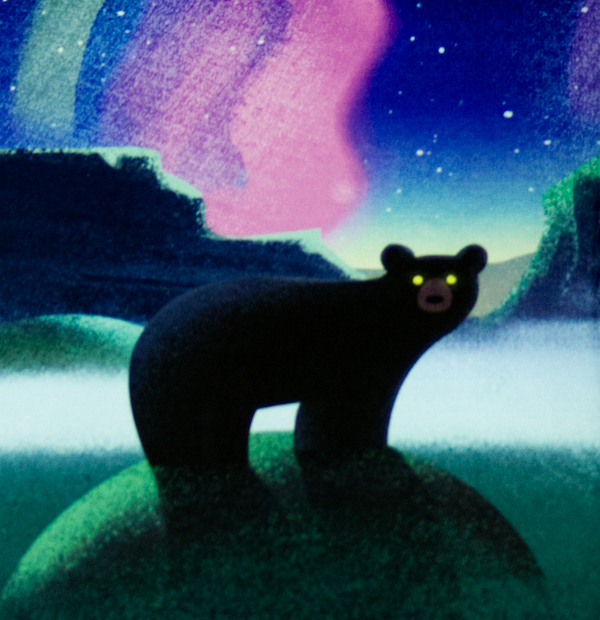
Overview/Roadmap
This review has two parts. First, there is the Short Review, where various aspects of the game are discussed. Then comes the Gameplay Review, in which the setup and gameplay are discussed in detail, along with initial thoughts. Following the Gameplay Review section are some final thoughts and a final verdict of the game. Feel free to jump around, or read it all in one go.
Panorama: Short Review
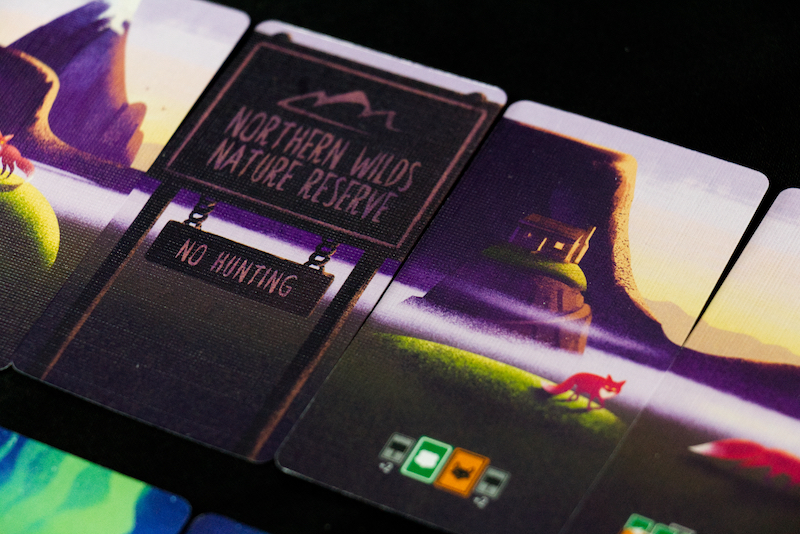
Panorama requires players to work with their neighbors to create both night and day panoramas by placing cards next to each other, scoring based on what they are next to. Players draft cards and select which one to play on each of their shared playing areas. It’s actually a similar mechanism to Stonemaier Games’ Between Two Cities, but to say that it’s a linear version of Between Two Cities would be an oversimplification. There are a variety of card types to play in Panorama, and based on what cards are next to each other, players score points. By totaling points from the shared panoramas of both players, a victor is crowned. There are two types of panoramas being created: night and day. Each type of panorama has different cards that score in different ways, so working together with your partners is crucial to getting the best scores possible. However, each of your partners will have play areas that you have no control over, so paying attention to what is happening with other players is also an important aspect of the game.
The rules are simple, but there is a good deal of thought. We played it with our six-year-old, and he did very well (even if he gave me all the worst cards because he wanted me to lose). While he was able to understand the game and play effectively, it’s not a children’s game. Rather, it’s a game that would appeal to a broad range of gamers.
Immersion
Perhaps the biggest draw to the game is the art (to be discussed below), and that certainly helps immerse me in the gameplay. I love seeing the panoramas come together, with the landscapes, trees, and animals popping up in strategic places. It’s an engaging play, to be sure.
Theme
The nature theme is strong, and the mechanisms add to the theme as you build the scenery with each turn. Fans of nature-themed games will likely enjoy this one, as there is something special about building your own personal (well, personal with help) landscape.
Art & Components
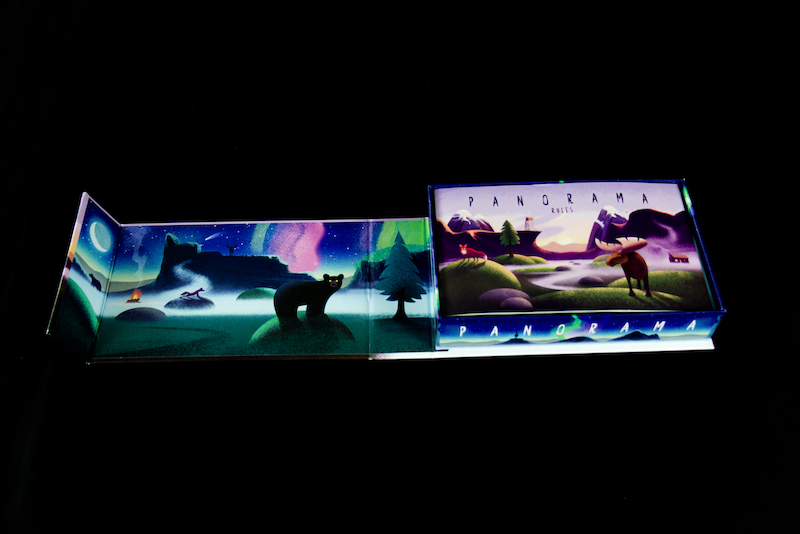
Alright, so I’ve mentioned the art already, but let’s talk about it a bit more. At first, I wasn’t sure what to think of it, since it didn’t look as “real” as it maybe could have. However, after playing the game, I found myself quite drawn to the art style. I love how the backgrounds connect to other cards to continue the panorama, and I enjoy the calming nature it all conveys. And, the art plays a large role in the gameplay, as each card must connect to others, creating a larger portrait of the wilderness around you. It’s really quite wonderful!
Components are essentially cards, although there are a few scoring tiles as well. It’s all your basic quality stuff, so not much else to say about that. I will say, though, that the box is pretty cool. It flips open, revealing a larger portrait (much like what you’ll be creating). It’s a small thing, really, but it is much appreciated.
Standout Performances
- Plays well with all player counts (including 1- and 2-player games)
- Art is wonderful
- Easy to learn
- Great family game, but still worthy for a wide range of difficulty preferences
Breaking the 4th Wall
In theater, breaking the fourth wall refers to when characters (or something else) directly address the audience, thus pulling them out of the narrative and making the astutely aware that they are, in fact, watching a performance and that’s it’s not actually real.
The game does what it sets out to do quite well, so there’s not much to say in this section. However, I will say that if you get a neighbor that just wants to see you lose (such as my son), then your game can be less than enjoyable. Of course, that player will also be hurting themselves, so there’s some justice there, but other players will certainly benefit from your demise.
An even smaller consideration is that the solo variant is simply beat-your-own-score. Which, of course, is perfectly fine, although there are no set scoring tiers to try and reach. Essentially, you’re just trying to beat your previous scores. Again, it’s a small thing, and not something that will keep me from playing and enjoying it solo (I really do enjoy it as a single-player game!), but I thought it was worth mentioning.
Panorama Gameplay Review
First Impressions
At first look, I wasn’t sure what to think. It didn’t take long after starting to play, however, to recognize what a neat game Panorama is. I mentioned it’s similar in nature to Between Two Cities; however, the linear nature of the play area makes for some interesting—and sometimes difficult—decisions.
Setup
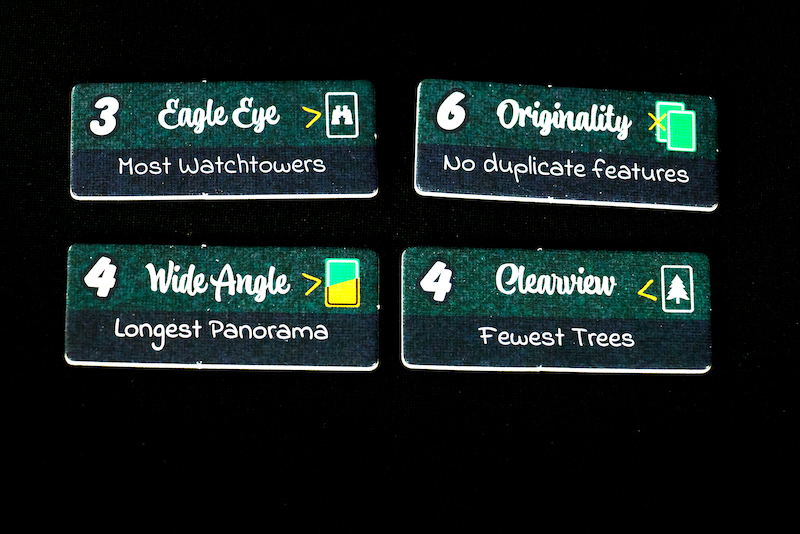
Setup is simple, so you can start playing quickly. There are two decks: Dusk and Dawn. The Dusk deck is used first. Before shuffling, remove cards based on player count. Then shuffle and deal a number of cards according to how many players there are. (Repeat this process after the Dusk phase with the Dawn cards.) Randomly select four Award tiles to place in the center of the table. These awards will grant bonus points at the end of the game.
Panorama Gameplay

Each player simultaneously selects a card to play. The first player reveals their card and plays it to their left or to their right. The players to your left and right will be building on your left and right panoramas, respectively. Cards must be placed adjacent to an existing card. Then, in clockwise order, players take turns revealing their selected card and playing it. If a player is unable to play a card (due to the background level not matching an adjacent card), it must be placed face down next to the right-most or left-most card in the row. After each player has played one card, everyone passes their hand to their neighbor. Select a new card, rinse, repeat.
Once the final Dusk cards have been played, the previous steps are repeated, only this time with the Dawn cards. Continue playing until each player has played their last Dawn card.
One important rule to remember (regardless of Dusk or Dawn phase) is that the background heights must match the card next to it. This creates some interesting situations, in that your chosen card might not be a viable option once it’s your turn. This is yet one more reason why it’s important to pay attention to both of your panoramas.
When it comes time to score, look at each card. The smaller icons on the cards represent how each card will score (or, in some cases, make you lose points). Sometimes there are multiple small icons on the cards, indicating the required distance from the card in question. The numbers under the small icons indicate the points gained or lost from having a certain type of card next to the one you’re scoring (or two, three, etc. cards away from it). You need to pay attention to which cards score when placed next to or near certain cards. And, many cards will interact with cards that interact with them, so there could be some interesting decisions to make.
Thoughts on Gameplay

The gameplay is solid. I enjoy the shared panoramas with neighboring players, although some people (*cough* kids *cough*) can just throw you under the bus for no reason whatsoever. That’s a rare occurrence, however, and I found I actually did quite well regardless of their shenanigans.
I love the quick gameplay, which makes it easy to play multiple games in a row. The rules are simple enough for kids, but the strategy can be thoughtful, providing a meaningful experience for all types of gamers. I especially enjoy being able to play with my oldest son (the younger one will be there soon enough!), and since he can grasp the rules and strategy, it’s a great family game.
Solo Play
The solo variant is solid. It plays well and goes even faster than multiplayer games—perfect for a quick playthrough! My only gripe (small as it is) with the solo variant is that it’s a beat-your-score type of win scenario. Normally I don’t mind those, but usually there are certain score ranges to beat so you know how well you did. With this, you’re just trying to beat your previous scores, rather than meet some requirement. Again, not a big deal, but I know some people want to know these things, so here it is.
Panorama: Final Thoughts
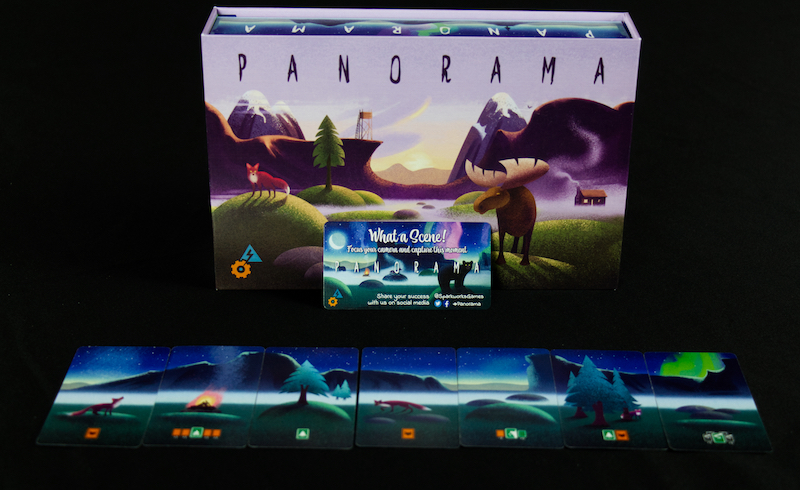
All in all, Panorama is a solid game. It’s fast, fun, and gets the whole family involved. There’s enough variability to keep things fresh play after play after play. When this game first arrived (quite unexpectedly, I might add), I was afraid I wouldn’t like it. Not so. Turns out, Panorama is a fun romp through the wilderness as you stitch the pictures together to form a masterpiece.
Final Verdict
Panorama does the drafting, competitive-cooperative game well. It’s simple enough to jump right into, but has enough decision making that it’s geared toward a wide range of gamers. The art, too, certainly helps add flavor to the game, and I love how the final panoramas always look. Speaking strictly on gameplay, though, I’m giving Panorama a score of Two Thumbs Up. It does its job nicely, and I can’t argue with results!
Like This, Like That
This section is here to help you compare this game with other games you may be familiar with.
As mentioned near the beginning of this review, Panorama reminds me a lot of Between Two Cities from Stonemaier Games. If you’re a fan of that game, this one will likely be a hit as well. If you like nature-themed games (Parks, Trekking the National Parks, etc.), then Panorama might be a good thematic choice for you. In terms of mechanisms, the drafting aspect that is similar to 7 Wonders is solid as well.
Verdict Scale (Lowest to Highest)
The Final Verdict is based on a scale of 1-7, although this scale is not numbered. Instead, it uses thematically appropriate words to describe the performance of the game.
Tomatoes – This game was emotionally taxing and difficult to finish.
Uninspiring – This game had me daydreaming about other games.
Lackluster – This game had its moments, but it probably won’t see much table time.
Laodicean – This game is decent. It works. There’s a reason people like it.
Two Thumbs Up – This game is pretty dang good.
Captivating – This game is outstanding! It’s more than good; it’s practically a staple.
Standing Ovation – This is the best game you will ever play. Period.
Read short fiction inspired by board games at BGI’s stories page!
Visit Sparkworks Games on Board Game Geek and their website.
